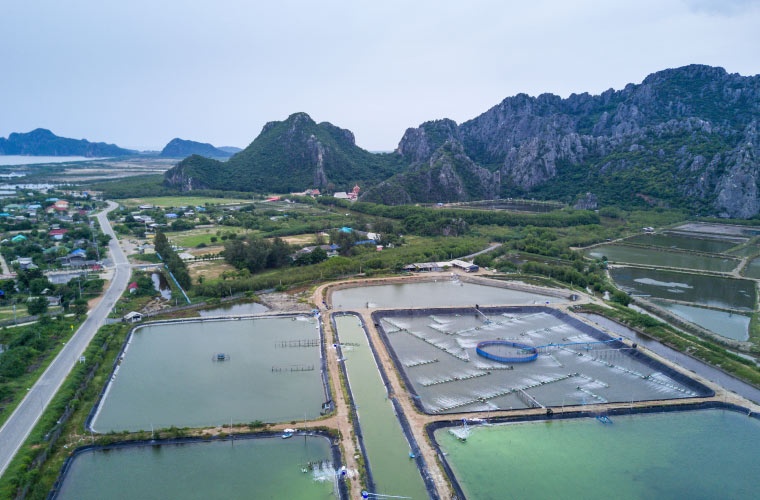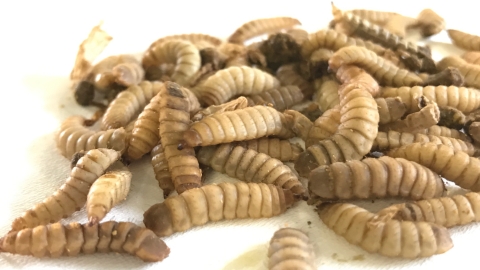
Passive acoustic monitoring (PAM) is proving to be a transformative tool in shrimp aquaculture, offering real-time, non-invasive insights into feeding behaviour that could significantly reduce waste and enhance sustainability.
A recent study conducted by researchers from the Ocean University of China and the Max Planck Institute of Animal Behaviour has demonstrated that PAM can accurately track the feeding activity of Penaeus vannamei (Pacific white shrimp), even under varying environmental conditions. This is the first study to quantify how environmental factors influence shrimp feeding acoustics—a breakthrough that lays the groundwork for the next generation of intelligent, environmentally responsive feeding systems.
With P. vannamei production reaching 6.8 million tonnes in 2022, and global demand for shrimp continuing to rise, the need for efficient and sustainable practices has never been more urgent.
At the heart of this technology is its ability to detect acoustic signals—specifically the number of “clicks” emitted by shrimp while feeding—which researchers found to be closely correlated with actual feed consumption.
“There is a significant positive correlation between the number of clicks and feed consumption, with temperature identified as the most influential environmental factor,” the authors reported.
This discovery holds significant implications for the development of intelligent feeding systems. Current approaches in pond-based shrimp farming largely rely on manual observation or fixed feeding schedules—methods that often result in overfeeding, water quality deterioration, and unnecessary feed costs.
The study's findings offer a compelling case for integrating environmental data into automated feeding strategies. Trials showed that as water temperature increased from 20 °C to 32 °C, shrimp feed intake nearly doubled, and the frequency of acoustic clicks rose in tandem. Conversely, elevated concentrations of ammonia and nitrite nitrogen—both common by-products of uneaten feed and shrimp metabolism—significantly suppressed feeding behaviour and acoustic activity.
“Elevated temperatures stimulate feeding activity and acoustic signal intensity, whereas high concentrations of ammonia nitrogen and nitrite nitrogen suppress both parameters,” the researchers observed.
These insights suggest that intelligent feeding systems should not only rely on behavioural cues but also incorporate water quality parameters to adapt feeding regimes in real time. While some commercial platforms, such as Australia’s AQ1, have already adopted PAM technology, most systems still function independently from environmental monitoring tools.
Overfeeding remains a major environmental concern in aquaculture. It contributes to nutrient build-up, increases harmful nitrogen compounds in the water, and can trigger disease outbreaks. By helping farmers fine-tune feed delivery based on shrimp behaviour and environmental conditions, PAM technology offers a practical solution to reduce ecological impacts and improve animal welfare.
As aquaculture continues to scale up to meet global protein needs, technologies like passive acoustic monitoring could be instrumental in achieving more responsible, efficient, and sustainable production.



